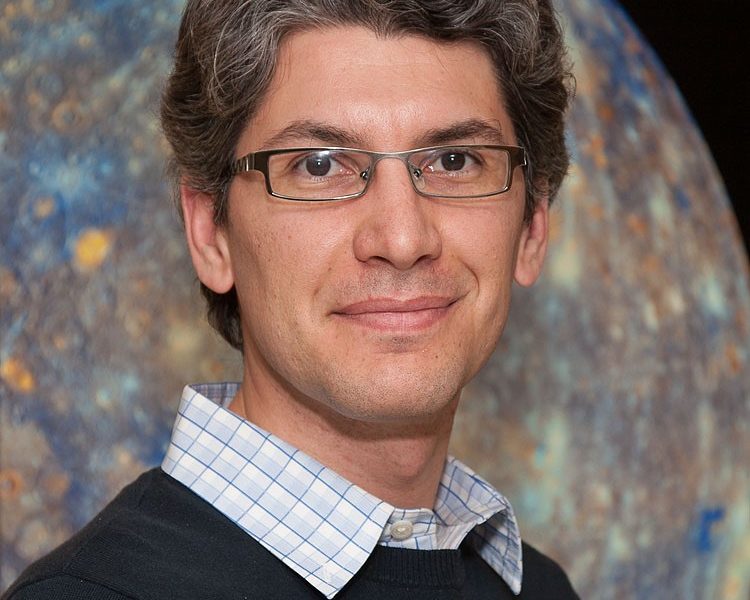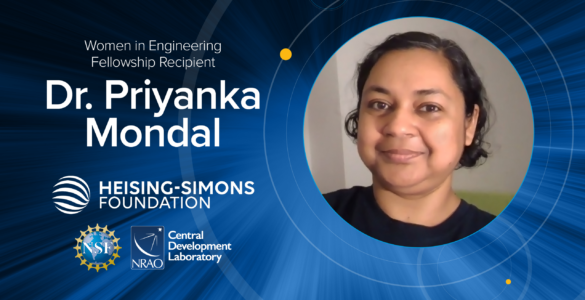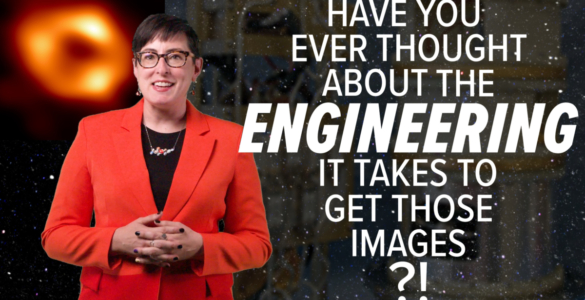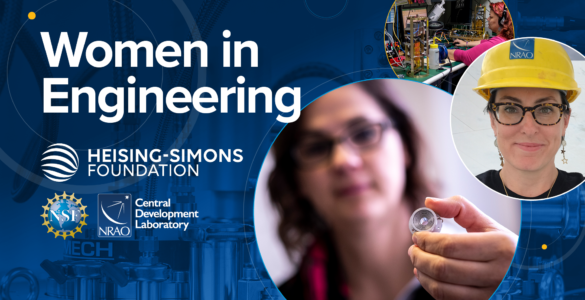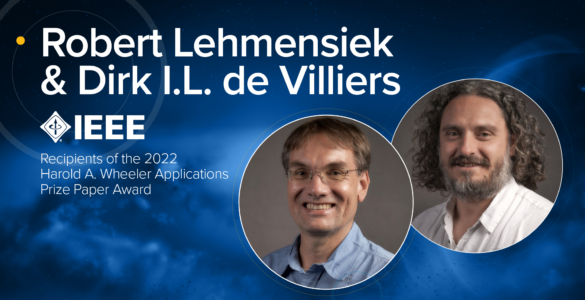Dr. Ir. Omid Noroozian, an associate scientist and senior research engineer with the National Radio Astronomy Observatory’s Central Development Laboratory, was honored with NASA’s prestigious Nancy Grace Roman Technology Fellowship in Astrophysics.
This fellowship program, awarded by NASA headquarters, began in 2001 and gives early career researchers the opportunity to develop the skills necessary to lead astrophysics flight instrumentation development projects and become principal investigators (PIs) of future astrophysics missions; to develop innovative technologies that have the potential to enable major scientific breakthroughs; and to foster new talent by putting early career instrument builders on a trajectory toward long-term positions.
“I am greatly honored to receive this recognition,” said Noroozian. “The intersection between engineering, applied physics, and basic science is critical to advancing our understanding of the universe. My work, along with the combined efforts of my colleagues at NRAO, University of Virginia, NASA’s Goddard Space Flight Center, Johns Hopkins University, and SRON (Netherlands) can hopefully lead to major technological breakthroughs and new insights in astrophysics.”
Noroozian’s fellowship was awarded, together with a major ROSES-APRA research grant from NASA, to develop three enabling technologies for next-generation Mid-Far Infrared cryogenic space telescopes.
The first of these is a game-changing detector technology called “Photon-Counting Kinetic Inductance Detectors” — a mission-enabling tool for NASA’s envisioned Origins Space Telescope (OST). According to the citation, building these detectors is the single most difficult technology challenge for the OST and may determine whether the observatory can be built. These detectors will see the faintest signals, down to single photons — a holy grail in astrophysics research, and can be used to map the composition and evolution of water and other key molecules in planet-forming materials around young stars, and will see the thermal emission from rocky planets in the habitable zone of stars.
The second technology is a miniaturized on-chip, multi-object spectrometer that will be attached to the detectors to provide information about the spectral content of light detected from extremely distant galaxies. This will aid in understanding the evolution of galaxies and the growth of structure in the universe.
The third technology is quantum-noise-limited parametric amplifiers that can amplify electromagnetic signals at the highest fidelity allowed by the laws of quantum mechanics, which govern the rules of nature at the very smallest of scales.
Bringing these technologies to fruition will enable a wide spectrum of science investigations for future space telescopes. Noroozian was also recently funded by the NRAO to develop parametric amplifiers to increase the sensitivity and observing speed of the ALMA telescope.
The Roman Technology Fellowship in Astrophysics program is named after Dr. Nancy Grace Roman. Dr. Roman is a distinguished American astronomer whose career has ranged from scientific research, to creating the first NASA astronomical program, to working with the teachers and students of today. Dr. Roman was instrumental in establishing the new era of space-based astronomical instrumentation. She is known to many as the “Mother of Hubble” for her role in planning the Hubble Space Telescope. For more information see: https://science.nasa.gov/researchers/sara/fellowship-programs/nancy-grace-roman-technology-fellowships-astrophysics-early-career-researchers


